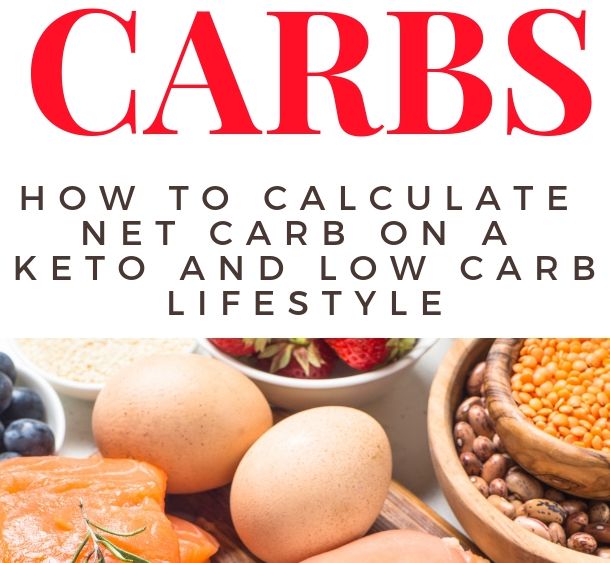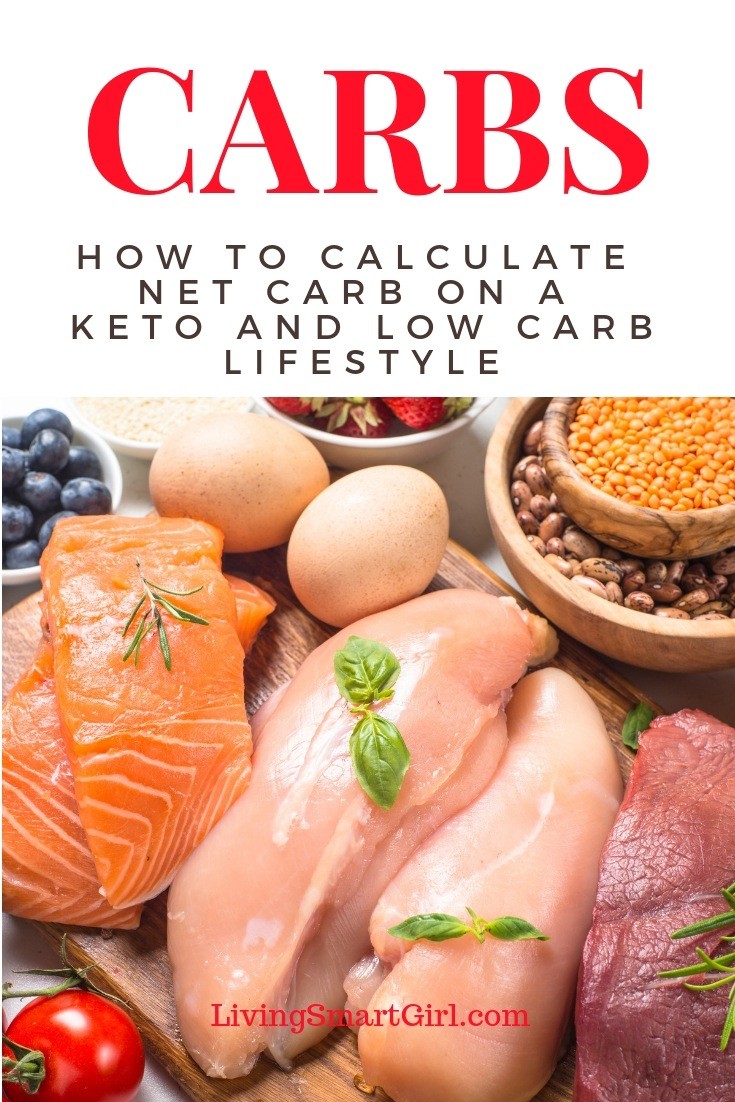Calculating Net Carbs on a Keto or Low Carb Lifestyle
Disclosure ~ This post contains awesome affiliate links!
On any low-carb diet, you will be reducing your net carb gram intake. It is important that you understand how to actually count net carbs. First, net carbs are simply the grams of total carbohydrates in a portion of food minus its grams of fiber. Because fiber is a carbohydrate that your body cannot digest, it does not raise your blood sugar levels or trigger an insulin response.
I have heard many people say things like, Oh I eat low carb, yet I have seen what they eat and see they don’t understand what “low carb” means at all. On a keto lifestyle, carbs should remain 20grams or less. If you live a low carb life, most will stick about 100grams or less a day. But, those 100grams should still come from healthy carbs, not sugar loaded foods.
Foods that are low in net carbs, which include nutrient-dense vegetables and fruits, are less likely to interfere with weight loss and do not have a significant impact on blood sugar. Here are a few zero- and low-carb foods to help you get started on understanding why they are often listed as acceptable foods in low-carb diets:
Examples of Zero Carbs
• Beef
• Lamb
• Chicken
• Pork
• Bacon (but avoid the bacon cured in sugar)
• Salmon
• Trout
A great way to get your intake of healthy and quality meats is to find local farmers and buy from them, or a whole food store, or by grabbing a Butcher Box. Butcher Box gets shipped right to your door and you can choose from beef, chicken or pork, or a mix. Try it out and see how easy it is to shop when the main part of your groceries are shipped right to you.
Examples of Low Carb Vegetables
• Broccoli – 6 grams per cup or 7 grams per 100 grams.
• Tomatoes – 7 grams in a large tomato, or 4 grams per 100 grams.
• Onions – 11 grams per cup or 9 grams per 100 grams.
• Brussels Sprouts – 6 grams per half cup, or 7 grams per 100 grams.
• Cauliflower – 5 grams per cup and 5 grams per 100 grams.
• Kale – 7 grams per cup or 10 grams per 100 grams.
• Cucumber – 2 grams per half cup or 4 grams per 100 grams.
Examples of Low Carb Fruits
Be careful, as you can see fruits are higher in carbs than vegetables due to their sugar content.
• Strawberries – 11 grams per cup or 8 grams per 100 grams.
• Apricots – 8 grams in 2 apricots, or 11 grams per 100 grams.
• Avocado – 13 grams per cup or 8.5 grams per 100 grams.
• Grapefruit – 13 grams in a half grapefruit, or 11 grams per 100 grams.
You can calculate, for yourself, the approximate number of net carb grams in a low-carb product. First look at the information on the food label:
Total Carbohydrates
– Dietary Fiber
– Sugar alcohol
= Net carbs
Often, the food label will break down carbohydrates into total carbohydrates, fiber, and sugars.
Total carbohydrates combine all of the carbs and include fiber, sugars, starches, sugar alcohols and glycerin. The label will show the amount found per serving and is measured in grams. They are found in starches, vegetables, fruits, sweets, and milk.
Dietary fiber is the amount of indigestible or partially digestible bulk from plant foods like fruits, vegetables, whole grains, oats, nuts and seeds and is measured in grams.
Sugar alcohols are found most often in foods labeled “sugar-free,” including candy, cookies, chewing gums, and soda, but have recently become popular in packaged health foods. Sugar alcohol gets its name from its molecular structure, which is a hybrid between a sugar molecule and an alcohol molecule. Biochemically speaking, sugar alcohols are structurally similar to sugar but are either poorly digested or poorly metabolized.
Sugar alcohol has grown in popularity as a sugar replacement in foods because they contain few calories, have a minimal impact on insulin levels, and are safe for those with diabetes
Here’s a list of some popular sugar alcohols so you can identify them when you look at a nutrition label:
• Erythritol
• Maltitol
• Hydrogenated starch hydrolysates
• Isomalt
• Lactitol
• Mannitol
• Sorbitol
• Xylitol
It can be confusing, at first, when trying to calculate net carbs on your own, but now that you have the basic information you can practice it at home first. Soon you will be confident in your ability to count net carbs during your next trip to the grocery store.
I think if one keeps in mind that staying away from sugar and grains for the most part in your day, you will be low carb. Me, I stick to my morning coffee and sometimes a bulletproof coffee, a breakfast of healthy protein and fats, maybe another bulletproof coffee for lunch and a few nuts, and then a dinner of a meat choice, salad and veggies.
I do however like to bake low carb/keto sweets. Check out some of my favorites ~ Snickerdoodle Cookies, and Chocolate Zucchini Donuts, or Watermelon Cupcakes. (they don’t taste like watermelon, only look like them. )
Learning about a Keto/Low Carb lifestyle can be challenging, unless of course you keep up with all our Keto related posts.
Check out these banners for my keto product recommendations.







Leave a Reply